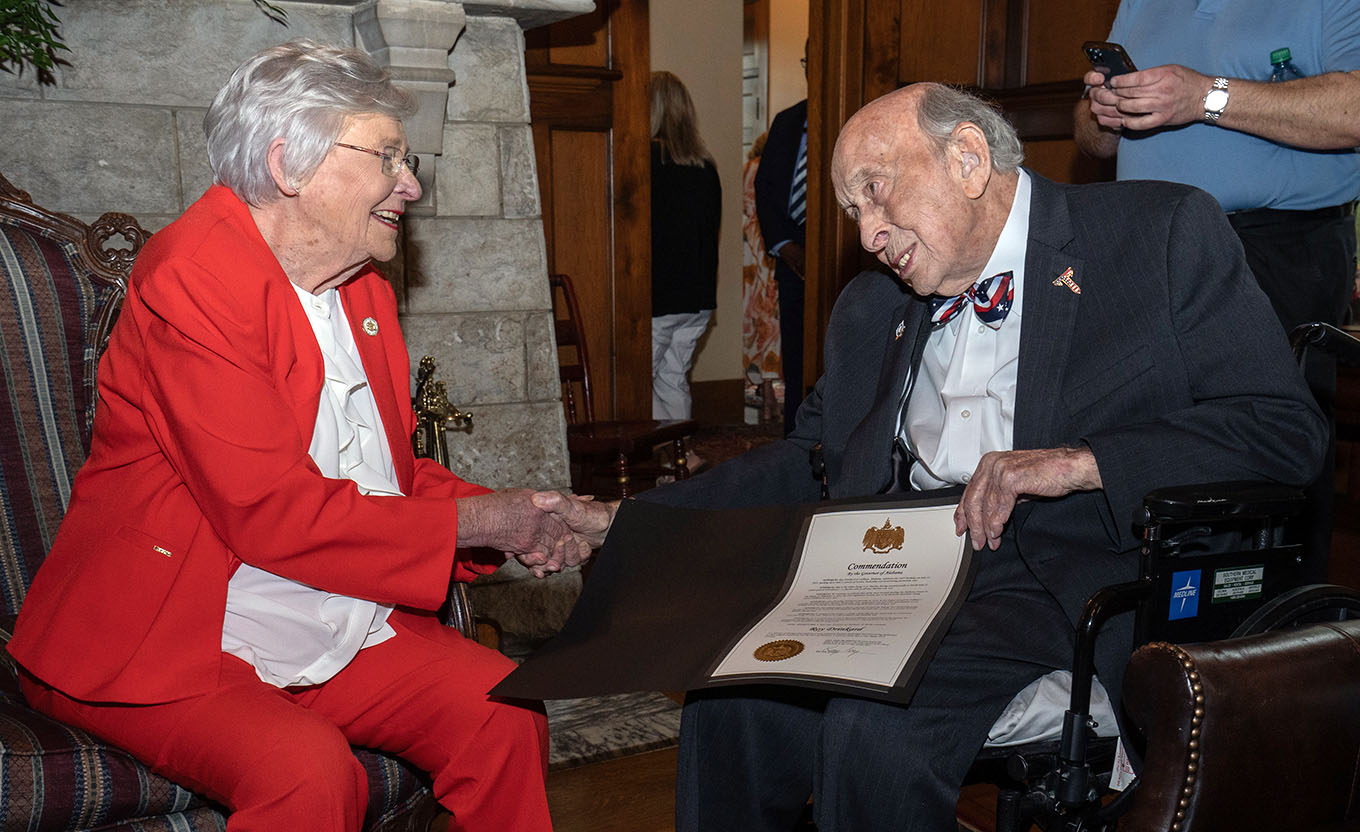Humankind just visited Pluto for the first time – at least we hope so
Published 2:00 pm Tuesday, July 14, 2015
With any luck, NASA’s New Horizons spacecraft just made its closest pass by Pluto. At 7:49 a.m. Eastern on Tuesday, the probe — which took off from Earth over nine years ago — was meant to be slipping past Pluto, marking humankind’s first encounter with the dwarf planet.
But we won’t actually know if New Horizons did the deed until around 9 p.m. Here’s why: First of all, Pluto is more than 3 billion miles away from Earth. That’s a long way for the lil data packets that New Horizons sends home to travel. It takes about 4.5 hours for signals sent from New Horizons to reach Earth. So even if the spacecraft sent home word of its successful flyby immediately, we wouldn’t hear about it until lunch time. But wait, you say, that still leaves some eight hours and change unaccounted for!
Trending
The extra time lag is by necessity and by design. New Horizons is going dark so it can do as much science for us as possible. New Horizons is zipping by Pluto at about 30,000 miles per hour, so the robot isn’t going to spend much time sitting right on top of the target dwarf planet. But as the spacecraft approaches Pluto’s immediate neighborhood — and keeps driving — we’ll be able to take amazing photos and readings, allowing scientists to determine the composition of Pluto, its atmosphere, and its largest moon, Charon.
It’s precious time, and NASA isn’t going to waste it by having New Horizons phone home immediately.
In fact, New Horizons will be facing the wrong direction through the peak of the flyby. It can’t look at us and at Pluto at the same time, so you better believe it’s going to give Pluto a hard stare for a good few hours.
With all the data collection on the menu (and the incredibly slow download rate), NASA estimates that New Horizons will be sending home the data it collects on Tuesday for the next 16 months.
For now, all we can do is cross our fingers and toes and wait. It’s possible that something will go wrong, and that New Horizons will reach out only to tell us the flyby somehow failed. Even worse, the spacecraft could just stay silent. There’s something like a 1 in 10,000 chance that New Horizons will be destroyed by errant space debris. But as of its last contact with Earth, New Horizons was in tip-top shape.





